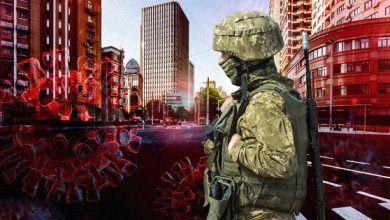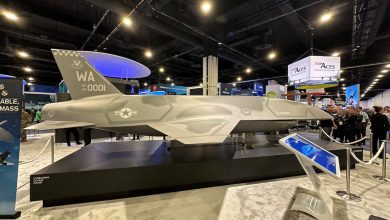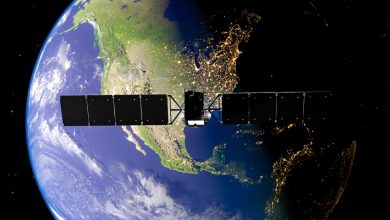Breaking down barriers to tackle cyber threats

As the U.S. faces China’s unprecedented military buildup, conflicts involving our partners in two theaters, and resurgent terror threats, it is clear that the world today is more dangerous than most Americans have experienced in their lifetimes.
Yet, as the U.S. Department of Defense pursues modernization programs to retain our competitive edge, we cannot afford to forget about vulnerabilities to the systems that the American people use every day. The cyber domain could make the difference between victory and defeat.
As the top Republican on the Senate Environment and Public Works Committee and a member of the Senate Appropriations Subcommittees on Defense and Homeland Security, I have a multifaceted view of the threats we face.
There is undoubtedly a DoD interest in the cyber security of our critical infrastructure — the expertise and readiness of our service members and their equipment can be undermined in the blink of an eye if their installations lose access to power or water while attempting to deploy.
Earlier this year, the Cybersecurity and Infrastructure Security Agency (CISA), National Security Agency (NSA), and Federal Bureau of Investigation (FBI) issued a joint advisorythat Chinese state sponsored cyber actors are pre-positioning themselves on U.S. networks to conduct destructive cyber attacks against our critical infrastructure in the event of a global crisis or conflict. According to their report, the Chinese state-sponsored group Volt Typhoon had persistent access to some U.S. critical infrastructure for up to five years.
RELATED
Further, an adversary attack against U.S. critical infrastructure during a conflict could affect the lives of everyday Americans severely enough to sway public opinion in opposition to U.S. military operations. These national security challenges under DoD’s purview are challenged by the fact that the majority of our nation’s critical infrastructure is owned and operated by the private sector.
It is evident to me from my leadership roles on the committees responsible for authorizing public works programs and funding homeland security initiatives that today’s national security issues demand increased synchronization with the state, local, and industry partners that administer our day-to-day functions.
I recently attended the groundbreaking ceremony for a new National Center of Excellence for Cyber Security in Critical Infrastructure, which will be housed in my home state of West Virginia at Marshall University.
This NCOE will break down the walls between the DoD, the Department of Homeland Security, academia, and industry to facilitate cooperation in identifying and tackling the cyber threats we face. As a partnership with United States Cyber Command’s Joint Force Headquarters-Department of Defense Information Network, as well as the National Guard, it also emphasizes a joint, operational perspective to the cyber problem set. Most importantly, it will serve as a hub for the curriculum and training of the U.S. cyber workforce necessary to defend our infrastructure—both in and out of uniform.
Cyber protection is not only a U.S. interagency, public-private challenge, but an allied problem set. I’m proud that West Virginia is also leading the way in bolstering the cyber security of our allies and partners as the host for the U.S. team in NATO’s Locked Shields Exercise.
Locked Shields is the world’s largest and most complex live-fire cyber exercise, featuring 40 countries and 3,000 participants throughout NATO member states. In Morgantown, West Virginia, nearly 200 United States, Norwegian, and Montenegrin players worked as a team in the simulated cyber defense of a NATO ally under attack—an all-too-realistic scenario that we must prepare for.
The United States remains a global superpower—one that can devote resources to military modernization programs while also improving interagency and public-private coordination right here at home to protect our most critical systems.
Our next fight won’t just take place in the air, on land, and at sea. Instead, it will take place in the space and cyber domains where boundaries are blurred and partnerships are key.
If done right, the NCOE will be a model for future national security challenges that extend beyond DoD jurisdiction in areas like the private sector, academia, and state and local. On the battlefields of today and tomorrow, even the most advanced militaries will be challenged by cyber threats. Breaking down the barriers now will help us win.
U.S. Senator Shelley Moore Capito (R-W.Va.) is a member of the Senate Defense Appropriations Subcommittee and serves as the Ranking Member of the Senate Environment and Public Works Committee. Capito also serves as the vice chairman of the Senate Republican Conference, the fifth ranking Republican in the U.S. Senate.







